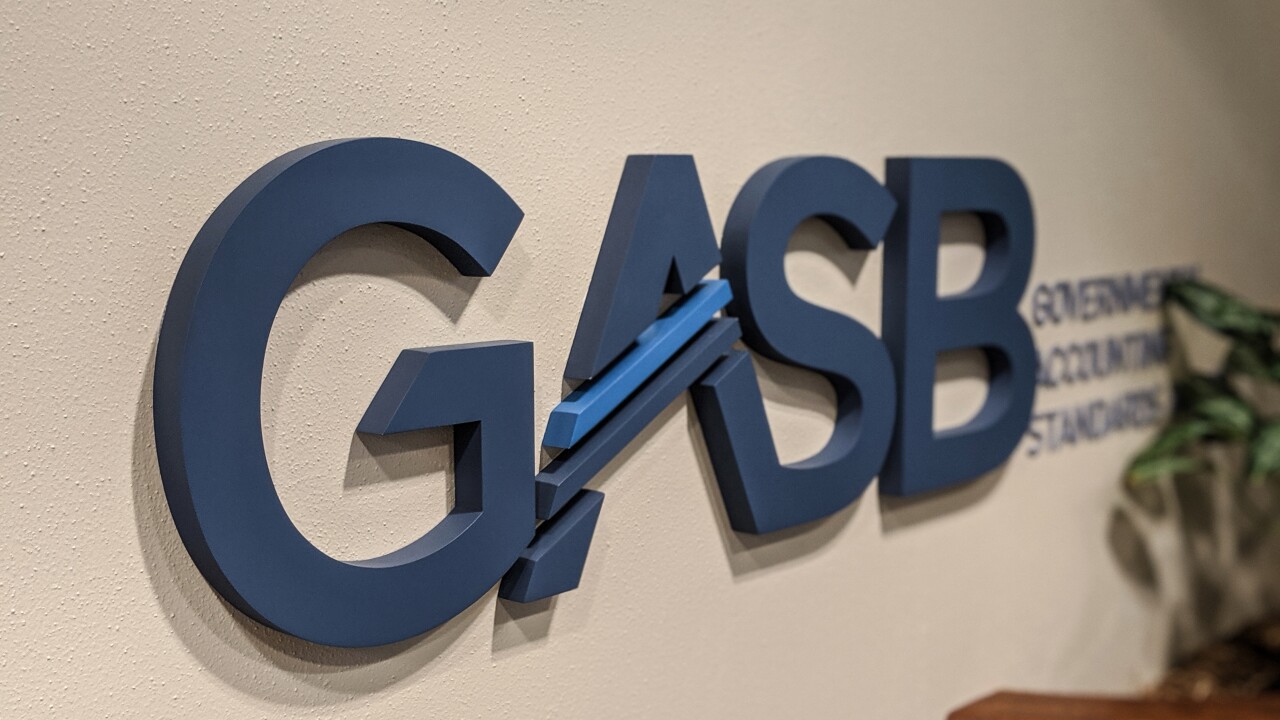Raising money primarily from motor vehicle user fees could close the capital plan funding gap of New York's Metropolitan Transportation Authority, according to a budget watchdog.
The best options, the nonprofit Citizens Budget Commission said in a report Tuesday night, are new tolling policies or a new vehicle-miles-traveled tax.
In its report, "More Than Fare: Options for Funding Future Capital Investments by the MTA," the CBC estimated that the MTA requires $1 billion to $1.2 billion in additional future annual revenue to fund an adequate capital investment program for 2015 to 2019.
CBC based its recommended reliance on cross subsidies on its "50-25-25" guidelines for transit funding, meaning
The MTA, one of the largest municipal issuers with roughly $34 billion in debt, has a $15 billion hole in its proposed $32 billion, four-year capital program. A state review panel consisting of top Albany officials rejected the plan in October without prejudice.
The MTA's board is scheduled to hold its monthly meeting on Wednesday. "The MTA capital program is vital to renew, enhance and expand the New York region's mass transit network, and we welcome ideas about how to fully fund those needs," said authority spokesman Adam Lisberg. MTA chief financial officer Robert Foran reviewed the report, according to the CBC.
Charles Brecher, the CBC's consulting co-director of research and who worked on the report, endorsed the "MoveNY" congestion-pricing overhaul championed by engineer and former New York City traffic commissioner "Gridlock Sam" Schwartz. That plan would impose tolls on now-free East River bridges and traffic moving south across 60th Street in Manhattan.
Schwartz has said the changes would bring in $1.5 billion in annual revenue — with $1.1 billion for mass transit and $375 million for bridges and roads.
State leaders would have to sign off on the politically volatile proposal. "Authority to implement these bold ideas should be approved in Albany this year," said Brecher.
The CBC report cited four options for increased motor vehicle cross-subsidies: increased vehicle registration, a higher gas tax, new tolling policies and the vehicle-miles-traveled, or VMT tax. The latter, combined with the tolling changes, have the greatest potential to close the gap, CBC said.
"I agree with CBC that motorists are a good source," said Gene Russianoff, an attorney and chief spokesman for the Straphangers Campaign subway ridership lobbying group. "But we are most comfortable with a funding system in which all who benefit pay, such as riders, drivers [and] property owners."





